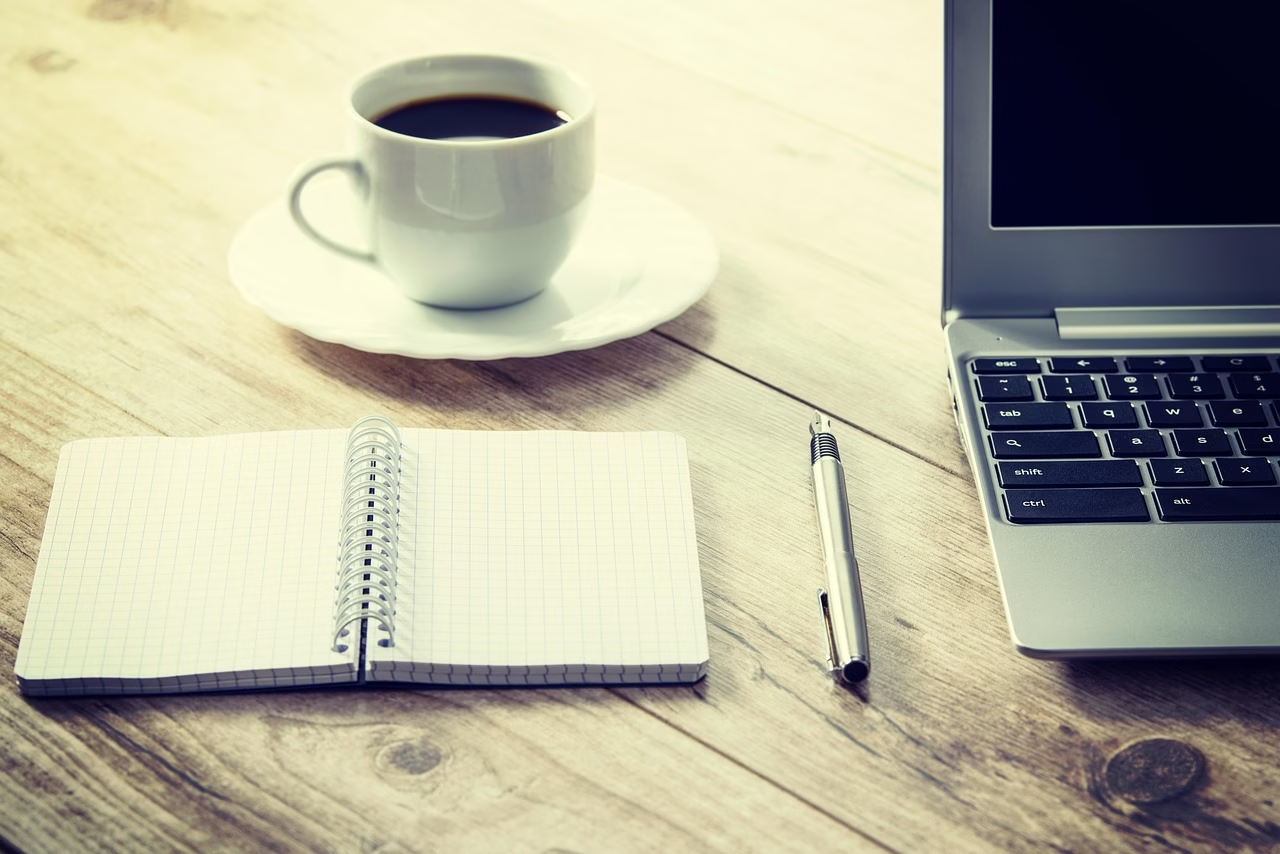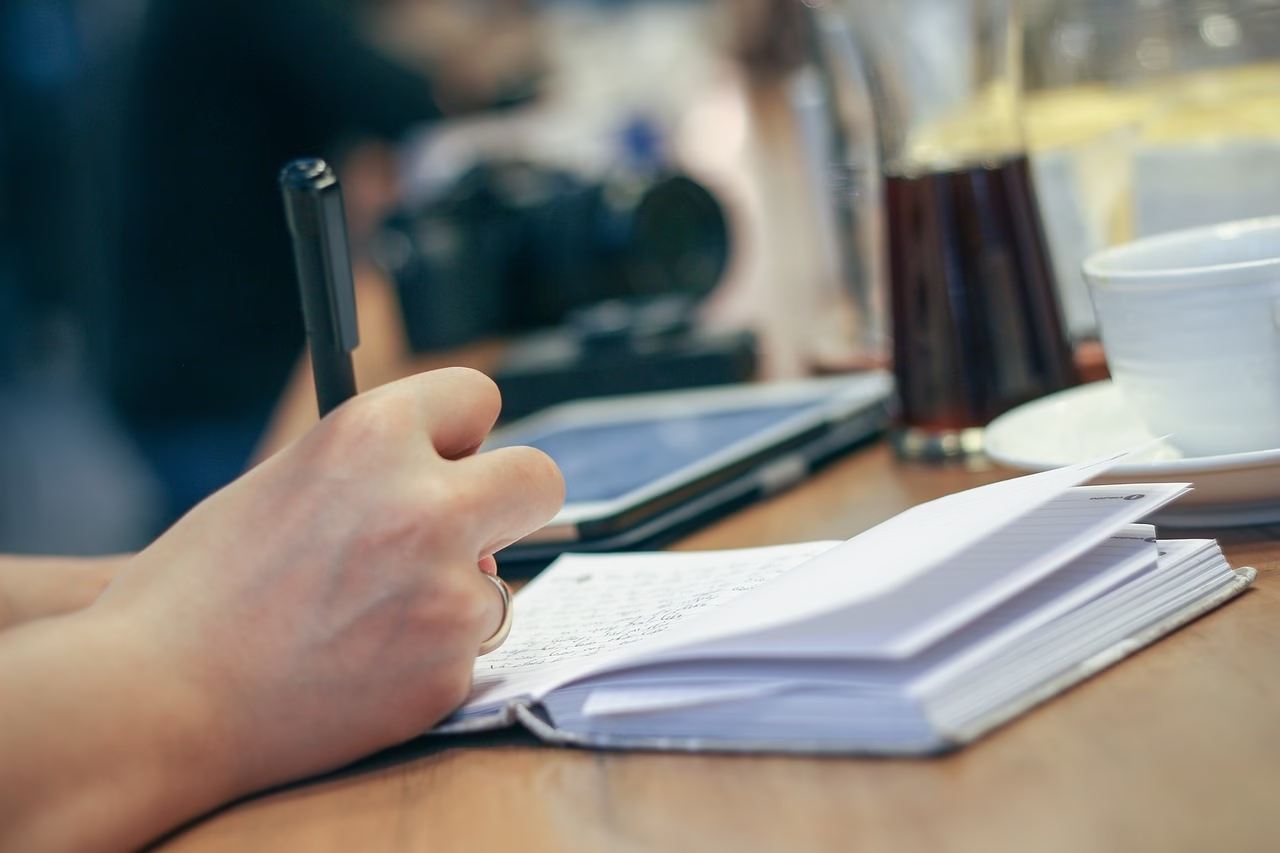“Ending the ‘Infinite Workday’: Strategies to Combat Digital
June 19, 2025 | by Ethan Rhodes

Ending the ‘Infinite Workday’: Strategies to Combat Digital Overload and Reclaim Focus
Let’s get real: somewhere along the road to remote work and hyper-connectivity, our boundaries disappeared. The workday—once bookended by commutes or office lights going out—now stretches to fill every available moment. It’s the “infinite workday,” and it’s eating away at our focus, energy, and (let’s admit it) our sanity.
I’ve seen it in my own coaching practice and felt it in my own calendar. The ping of email after dinner, the urge to “just check Slack,” and the sense that you’re always slightly on call. It’s a recipe for burnout. But it’s not our fate. With intention—and a few practical moves—you can carve out real boundaries, reclaim your focus, and work smarter (not endlessly harder).
Spotting the Signs of Digital Overload
- You keep multiple tabs open “just in case”.
- Your phone moves room to room with you, workplace apps always accessible.
- You forget when you last had a truly offline evening—or even a break without digital distraction.
- Concentration? It feels elusive. Multitasking is the default.
If any of this rings true, don’t sweat it—you’re far from alone. Let’s shift from awareness to action.
Five Tried-and-Tested Tactics to End the Infinite Loop
1. Set ‘Hard Out’ Rituals
Pick a signal that marks your workday’s true end—a daily walk, putting your laptop out of sight, or playing your “sign off” playlist. Make this ritual visible and consistent. Tell your team, your family, and (most importantly) yourself: my day has an endpoint.
2. Ration Notifications Like Gold
Every notification is a potential stressor. Silence pings after hours. Use Focus or Do Not Disturb modes. On Slack or Teams, set a status that shows when you’re offline or when you’ll respond. Most things can wait until morning (really!).
3. Batch Your Digital Work
Email, messages, comments—don’t let them interrupt you all day. Instead, check them 2–3 times during fixed windows. Between those windows, dive into tasks that need your full attention, screen off, deep into your zone. You’ll be amazed by how much mental clarity you regain.
4. Declare Device-Free Zones
Choose at least one room or time slot at home (meals, bedtime, or even just your morning coffee) where work devices are banned. This pause is not a luxury—it’s a productivity power move. Downtime fuels your brain, making your focus sharper when you return.
5. Shrink Your Digital To-Do List
Say no to “always available.” Use a one-sheet planner or a sticky note for your daily must-dos. When it’s full, it’s full. Limit digital tools—endless project apps aren’t always your friend. The simpler your workflow, the harder it is for work to spill out of bounds.
A Personal Note on Boundaries
If you feel guilty trying to “clock out,” remember: protecting your focus is how you create your best work—not just more work. I spent years believing that saying yes and being reachable 24/7 made me a better coach and colleague. Turns out, my insights (and happiness) only grew when I protected time for deep work and real rest.
Endless workdays are not the badge of honor they once seemed. By building new habits and drawing clearer lines, you’re not just surviving modern work—you’re designing it to serve you best. Here’s to more focus, more energy, and a lot more life outside your inbox.
Workplace Strategist & Productivity Coach

RELATED POSTS
View all



